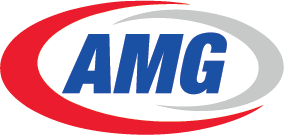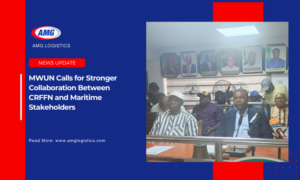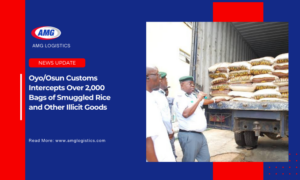The carriers face costs estimated at around EUR500 million when they surrender the first EU Allowances in September 2025, covering 40% of carbon emissions generated in calendar year 2024.
However, analysis undertaken by Hamburg-based OceanScore, a regulatory firm specialising in ESG, reveals that the figure will rise sharply over the three-year phase-in of the regulation. For the calendar year 2025, container lines will have to surrender allowances covering 70% of emissions, rising to 100% in 2026. By that time, they are likely to be paying more than EUR1 billion.
Asian carriers are amongst the hardest hit because voyages to and from the EU are amongst the longest liner trades. Under the ETS, owners will have to acquire EU Allowances (carbon credits) covering 50% of emissions on voyages to and from the EU, and 100% of emissions during European transits and port calls.
OceanScore estimates that the new carbon regulations will affect about 4,000 Asian-flagged ships, equivalent to about a third of the 12,500 cargo and passenger ships of more than 5,000 gross tons which are now subject to the ETS.
Asian lines could reduce their exposure by calling at an intermediary port – Salalah or Jeddah, for example. But OceanScore’s co-Managing Director, Albrecht Grell, does not expect this to prove a popular strategy owing to the negative impact on fuel costs, waiting times, additional sailing distances and other inefficiencies.
OceanScore warned that the ultimate cost is likely to rise further. The EUR1 billion figure is based on today’s CO2 price of about EUR55 per tonne, a relatively low figure compared with the EUR80-100 that prevailed last year.
Furthermore, the carbon price is dictated by supply and demand for EU Allowances. OceanScore pointed out that the volume of allowances will be steadily reduced over time under the cap-and-trade system. This setup is designed to incentivise investments in emission-reducing technologies and will make EU Allowances steadily more expensive over time.




